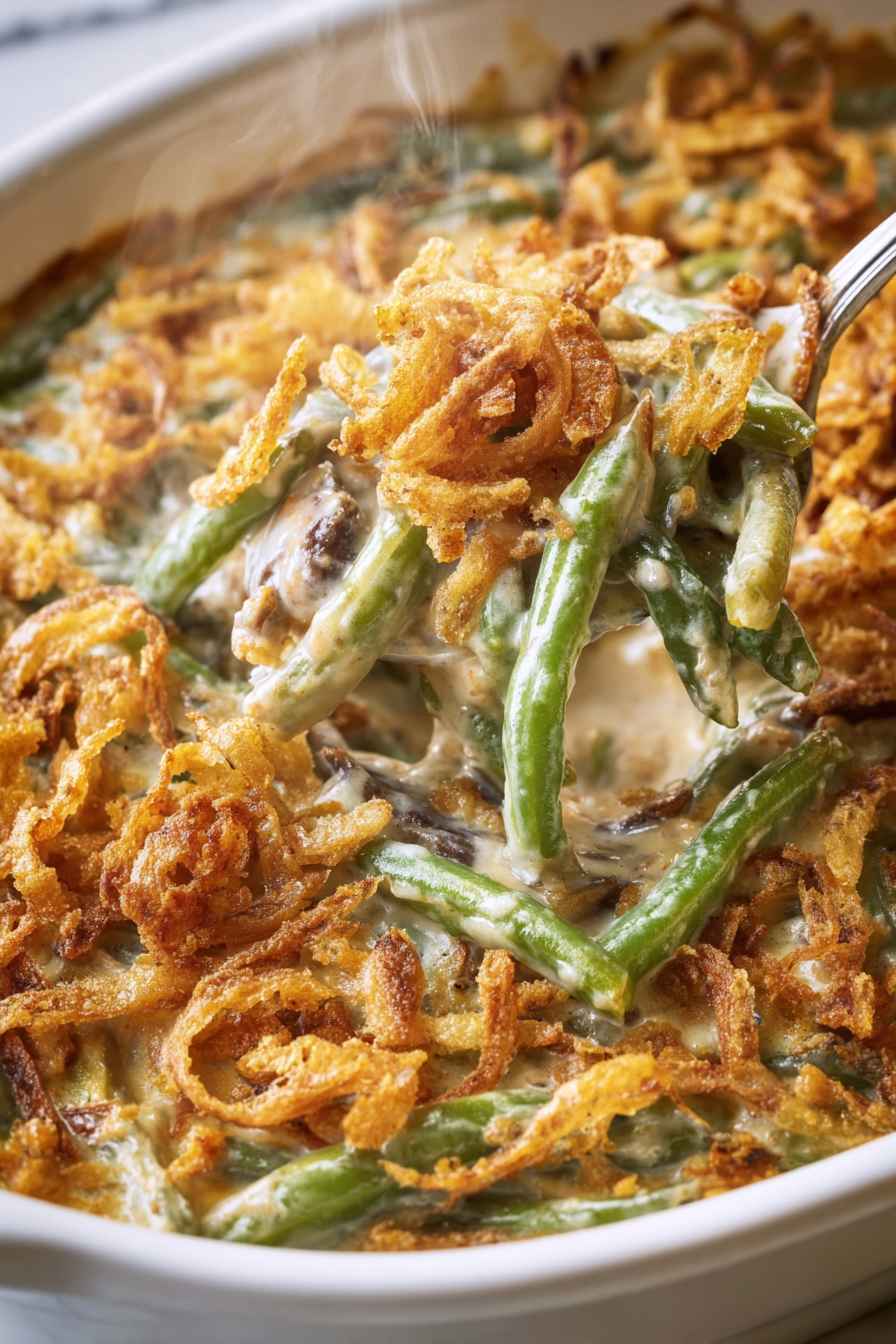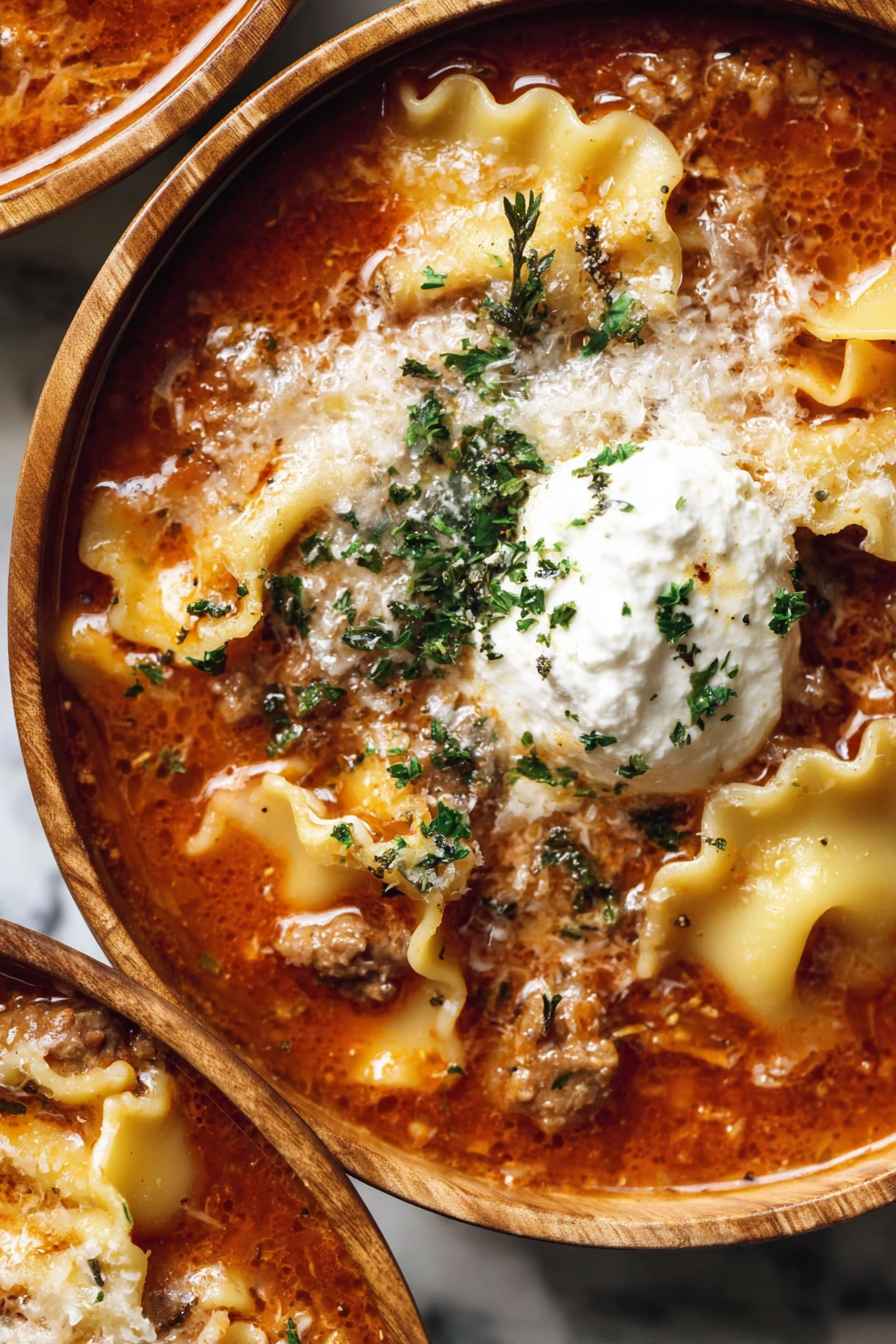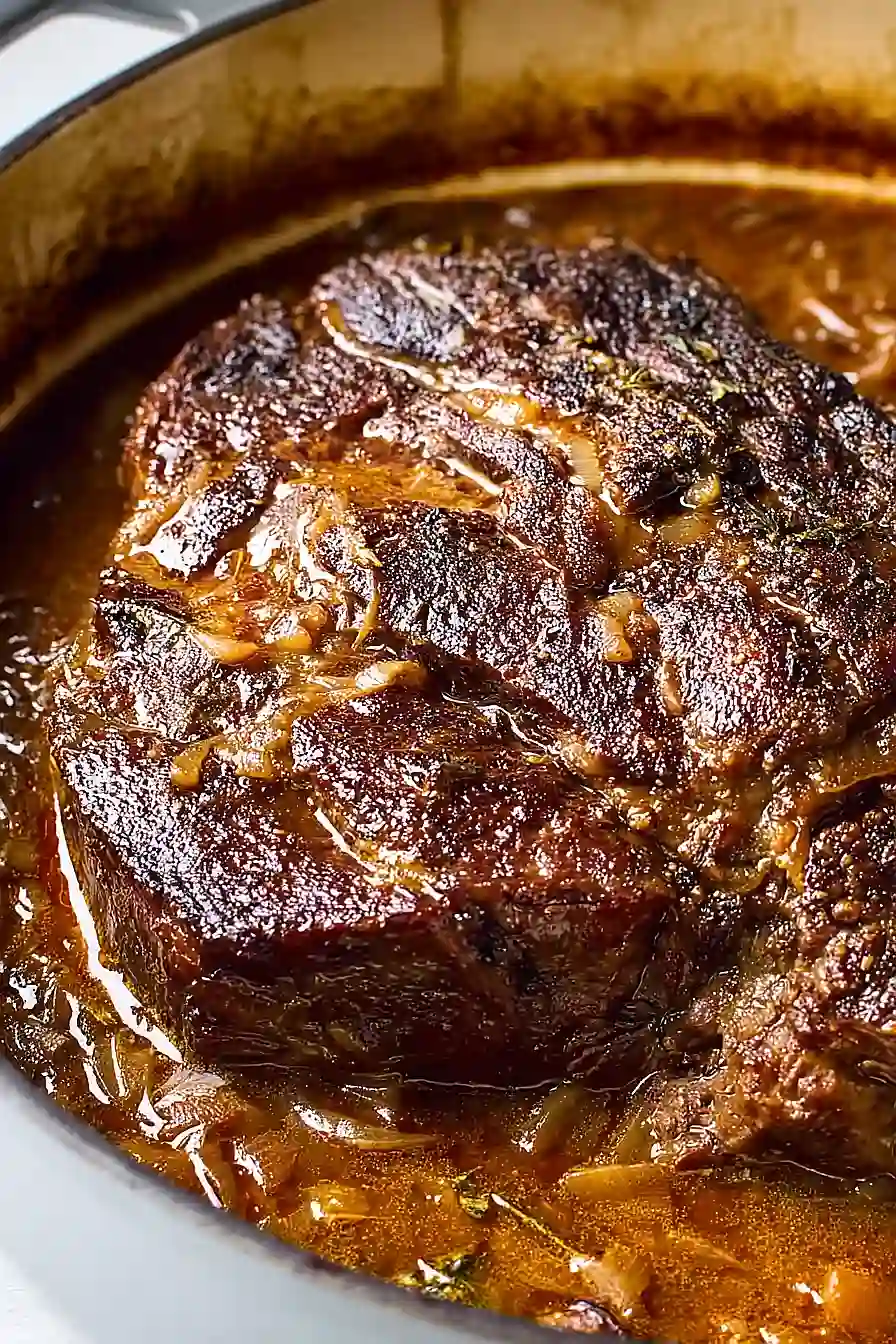If you ask me, Asian rice cakes are one of the most comforting foods you can make at home.
These chewy, satisfying treats work great as a snack or light meal that’s both filling and fun to eat. The soft texture pairs perfectly with a savory soy-based sauce that has just the right amount of sweetness.
They’re made with simple rice cake rounds that get stir-fried with garlic, scallions, and whatever vegetables you have on hand. A splash of sesame oil and some red pepper flakes bring everything together nicely.
It’s an easy dish that comes together in about 15 minutes, perfect for busy weeknights when you want something tasty and different.
Why You’ll Love These Asian Rice Cakes
- Simple ingredients – Made with just rice flour, tapioca starch, sugar, salt, and water – basic pantry staples that create something special.
- Gluten-free naturally – Perfect for anyone avoiding gluten, these rice cakes are made entirely from naturally gluten-free flours.
- Authentic homemade texture – You’ll get that perfect chewy, bouncy texture that’s so much better than store-bought versions.
- Ready in under an hour – From start to finish, you can have fresh, homemade rice cakes on your table in less than an hour.
- Budget-friendly – Using inexpensive basic ingredients, you can make a large batch for a fraction of what you’d pay at the store.
What Kind of Rice Flour Should I Use?
For Asian rice cakes, you’ll want to use regular white rice flour, which you can find in most grocery stores or Asian markets. Avoid using glutinous rice flour (also called sweet rice flour) for this recipe, as it will give you a completely different texture – much stickier and chewier than what you’re going for. Brown rice flour can work in a pinch, but it will give your rice cakes a slightly nuttier flavor and a bit more texture. Make sure your rice flour is finely ground rather than coarse, as this will help create the smooth, tender texture that makes these rice cakes so good.
Options for Substitutions
While rice cakes need their key ingredients to get that perfect chewy texture, there are a few swaps you can make:
- Rice flour: This is the star of the show and really can’t be substituted – you need rice flour to get authentic rice cakes. Make sure you’re using rice flour, not rice starch or glutinous rice flour.
- Tapioca starch: If you can’t find tapioca starch, potato starch works as a substitute in the same amount. Cornstarch can work too, but use about 1/4 less since it’s stronger.
- Kosher salt: Regular table salt works fine – just use a bit less since it’s finer. Start with 1/4 teaspoon and taste the batter.
- Sugar: You can leave this out entirely if you prefer savory rice cakes, or swap it with honey or maple syrup (reduce water slightly if using liquid sweeteners).
- Steaming setup: Don’t have a wok? A large pot with a tight-fitting lid works great. You can use a metal colander or bamboo steamer basket instead of a steaming rack.
Watch Out for These Mistakes While Cooking
The biggest mistake when making rice cakes is getting the dough consistency wrong – it should feel smooth and pliable, not too sticky or too dry, so add water or rice flour gradually until you reach the right texture.
Another common error is not steaming the cakes long enough or letting the steam escape by lifting the lid too often, which can result in dense, undercooked centers that won’t have that signature chewy texture.
Make sure your steaming water is at a rolling boil before adding the rice cakes, and keep that lid on tight for the entire cooking time – peeking will only slow down the process.
To prevent sticking, line your steaming plates with parchment paper and give each rice cake enough space to expand slightly during cooking.
What to Serve With Asian Rice Cakes?
These chewy rice cakes are perfect for pairing with stir-fried vegetables and your favorite protein like chicken, beef, or tofu. I love serving them alongside some soy sauce mixed with a little sesame oil and chili flakes for dipping, or you can toss them right into a stir-fry with garlic, ginger, and whatever veggies you have on hand. They also work great in soups – just add them to a simple broth with some green onions and mushrooms for a comforting meal. For a quick snack, try them with some sweet and sour sauce or even a spicy peanut dipping sauce.
Storage Instructions
Keep Fresh: Fresh rice cakes are best enjoyed right away, but you can store them at room temperature for up to 2 days wrapped in a damp tea towel. This keeps them from drying out and getting too chewy. If they do firm up a bit, just steam them again for a few minutes to soften.
Refrigerate: Pop your rice cakes in the fridge wrapped in plastic wrap or in an airtight container for up to a week. They’ll get firmer in the cold, which is actually perfect if you plan to stir-fry them later. Cold rice cakes hold their shape better when cooking with sauces.
Freeze: These freeze really well for up to 3 months! Just wrap them individually or layer between parchment paper in a freezer bag. You can cook them straight from frozen – just add an extra minute or two to your steaming or stir-frying time.
| Preparation Time | 20-30 minutes |
| Cooking Time | 20-22 minutes |
| Total Time | 40-52 minutes |
| Level of Difficulty | Medium |
Estimated Nutrition
Estimated nutrition for the whole recipe (without optional ingredients):
- Calories: 800-900
- Protein: 15-20 g
- Fat: 4-6 g
- Carbohydrates: 180-200 g
Ingredients
For the rice cakes:
- 2 tsp sugar
- 1/2 tsp kosher salt
- 1 3/4 cups rice flour (250 g, sifted to remove lumps)
- 1 3/4 cups water (400 g, room temperature)
- 3/4 cup tapioca starch (115 g, for chewy texture)
Equipment:
- Large tea towels (for steaming)
- Large wok with lid
- Parchment paper (for lining plates)
- Steaming rack
- Baking sheet
- 2 large plates or small pans
- Large mixing bowl
Step 1: Prepare the Dry Mixture and Boiling Water
- 1 3/4 cups rice flour
- 3/4 cup tapioca starch
- 2 tsp sugar
- 1/2 tsp kosher salt
- 1 3/4 cups water
Sift the rice flour into a large mixing bowl to remove any lumps, then add the tapioca starch, sugar, and kosher salt.
Whisk these dry ingredients together until evenly combined.
Meanwhile, bring water to a boil in a kettle or pot—you’ll need this hot water ready to hydrate the dough, which helps activate the starches and creates the characteristic chewy texture of rice cakes.
Step 2: Hydrate and Mix the Dough
- dry ingredient mixture from Step 1
- boiling water from Step 1
Pour half of the boiling water into the dry mixture while stirring constantly to incorporate the liquid evenly.
Once combined, gradually add the remaining water while stirring, working until a shaggy dough forms.
The dough should come together without being overly wet—if it seems too dry, add a splash more water.
Let the dough cool for 2-3 minutes until it’s comfortable to handle.
Step 3: Knead and Shape the Dough
- hydrated dough from Step 2
- rice flour
Knead the dough in the bowl for 2-3 minutes, working it with your hands to develop a smooth, cohesive texture.
If the dough feels sticky, dust in a little extra rice flour gradually until it becomes smooth and easier to work with.
Once smooth, shape the dough into a flat disc on a clean surface, then divide it into 8 equal pieces.
I like to keep the pieces covered with a damp towel as I work to prevent them from drying out.
Step 4: Roll and Cut the Rice Cakes
- dough pieces from Step 3
- parchment paper
- baking sheet
Working with one piece of dough at a time, roll it into a rope about 16 inches long, then use a knife or bench scraper to cut it into 2-inch segments.
Place the cut pieces on a parchment-lined baking sheet and cover them with a large tea towel to prevent them from drying out.
The shape and size are important for even cooking during steaming.
Step 5: Prepare Plates and Arrange Rice Cakes for Steaming
- rice cake pieces from Step 4
- parchment paper
- 2 large plates or small pans
- large tea towels
Line 2 large plates or small pans with parchment paper.
Arrange the rice cake pieces from Step 4 on the parchment in a single layer without overcrowding—they need space to steam evenly.
Cover each plate loosely with a large tea towel to keep them from drying out while waiting to steam.
Step 6: Steam the Rice Cakes in Batches
- prepared plates from Step 5
- water
- large wok with lid
- steaming rack
Fill a large wok with water to a depth of about 1 1/2 inches and bring it to a rolling boil.
Place a steaming rack inside the wok, then carefully set one prepared plate of rice cakes on the rack.
Cover the wok with its lid and steam on high heat for 10-11 minutes, until the rice cakes are cooked through and translucent.
Remove the plate carefully and let the rice cakes cool slightly on a clean surface.
Repeat this process with the second batch of rice cakes.
I find that steaming in batches like this ensures even heat distribution and prevents overcrowding, which can affect texture.
Step 7: Serve Warm
- steamed rice cakes from Step 6
Transfer the steamed rice cakes to a serving plate while they’re still warm.
They have the best texture and flavor when served fresh, so enjoy them immediately with your favorite dipping sauce or accompaniment.







